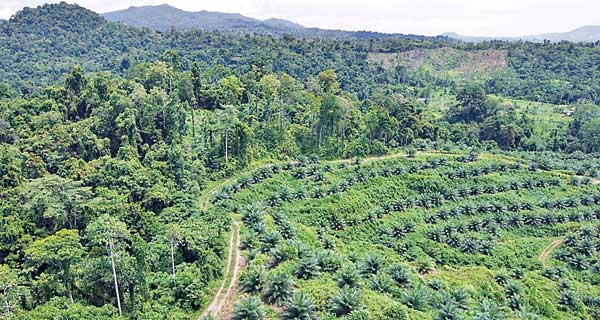29 Aug 2012 - {{hitsCtrl.values.hits}}
 Palm oil was once touted as a social and environmental panacea — a sustainable food crop, a biofuel that could help to cut greenhouse-gas emissions and a route out of poverty for small-scale farmers. In recent years, however, a growing body of research has questioned those credentials, presenting evidence that palm-oil farming can cause damaging deforestation and reduce biodiversity, and that the oil’s use as a biofuel offers only marginal benefits for mitigating climate change.
Palm oil was once touted as a social and environmental panacea — a sustainable food crop, a biofuel that could help to cut greenhouse-gas emissions and a route out of poverty for small-scale farmers. In recent years, however, a growing body of research has questioned those credentials, presenting evidence that palm-oil farming can cause damaging deforestation and reduce biodiversity, and that the oil’s use as a biofuel offers only marginal benefits for mitigating climate change.
26 Nov 2024 2 hours ago
26 Nov 2024 2 hours ago
26 Nov 2024 2 hours ago
26 Nov 2024 3 hours ago
26 Nov 2024 4 hours ago